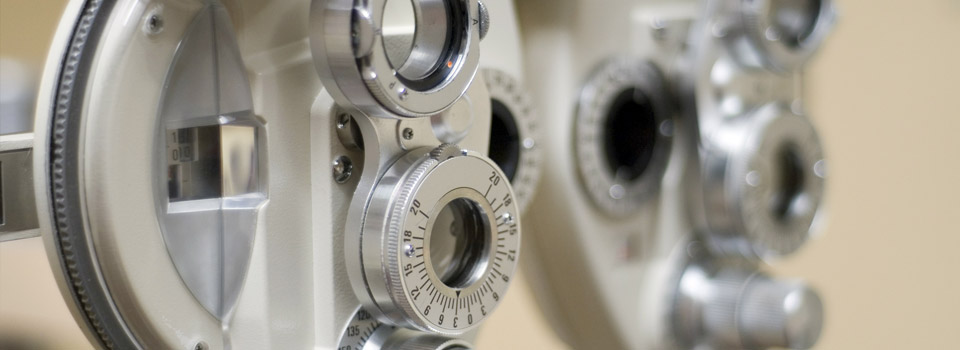The COVID 19 global pandemic has created many challenges. Among them is an increase in dry eye related symptoms and complaints that have become known as “mask-associated dry eye”. This condition tends to affect those who are required to (or chooses to) wear a mask regularly and for extended periods of time.
The definition of dry eye describes a condition where the amount or quality of the tears is not sufficient. Dry eye symptoms can include stinging or burning, redness, light sensitivity, blurred vision, and scratchy or gritty feeling among others.
There are many causes for dry eyes - taking certain medications, previous laser refractive surgery, advancing age, and excessive screen time are some examples. Mask-associated dry eye is a relatively new condition, and subsequently there is no scientific literature on this subject.
Theories as to the cause of mask-associated dry eye suggest that some face masks can allow exhaled breath to flow up and across the surface of the eyes, causing increased evaporation of the tear film and ultimately dry eye irritation. To prevent this some people have turned to taping their mask to their face across the bridge of the nose. In this case the tape itself may interfere with the lower eyelid’s normal functioning, thus impairing normal blinking and leading to dry eyes. Improperly fitting masks can also pull down the lower eyelid, with a similar end result. If you choose to tape your mask to your cheeks, ensure you are using an appropriate tape to prevent skin irritation.
Managing symptoms of mask-associated dry eye starts with looking for a mask with a moldable upper rim that can be formed over the bridge of the nose, providing limited gaps for air to move upward from under the mask. Adjustable ear loops can be helpful to tighten the mask to the face. Folding a tissue and tucking it under the top of the mask can also reduce air flow coming up and over the eyes. If you choose to try taping the upper rim of the mask, apply tape to the cheeks taking care not to displace the lower eyelid to maintain healthy blinking.
Additional measures to alleviate dry eye symptoms can include regular and frequent blinking, using lubricating eye drops, hot compress of the eyes with closed eyelids, minimizing contact lens wearing time, and managing seasonal allergies that can involve the eyes and increase symptoms of dryness.
Your optometrist will be happy to discuss mask-associated dry eyes with you and recommend customized solutions that will be helpful for your specific circumstances.
Dr. Tim Styles


